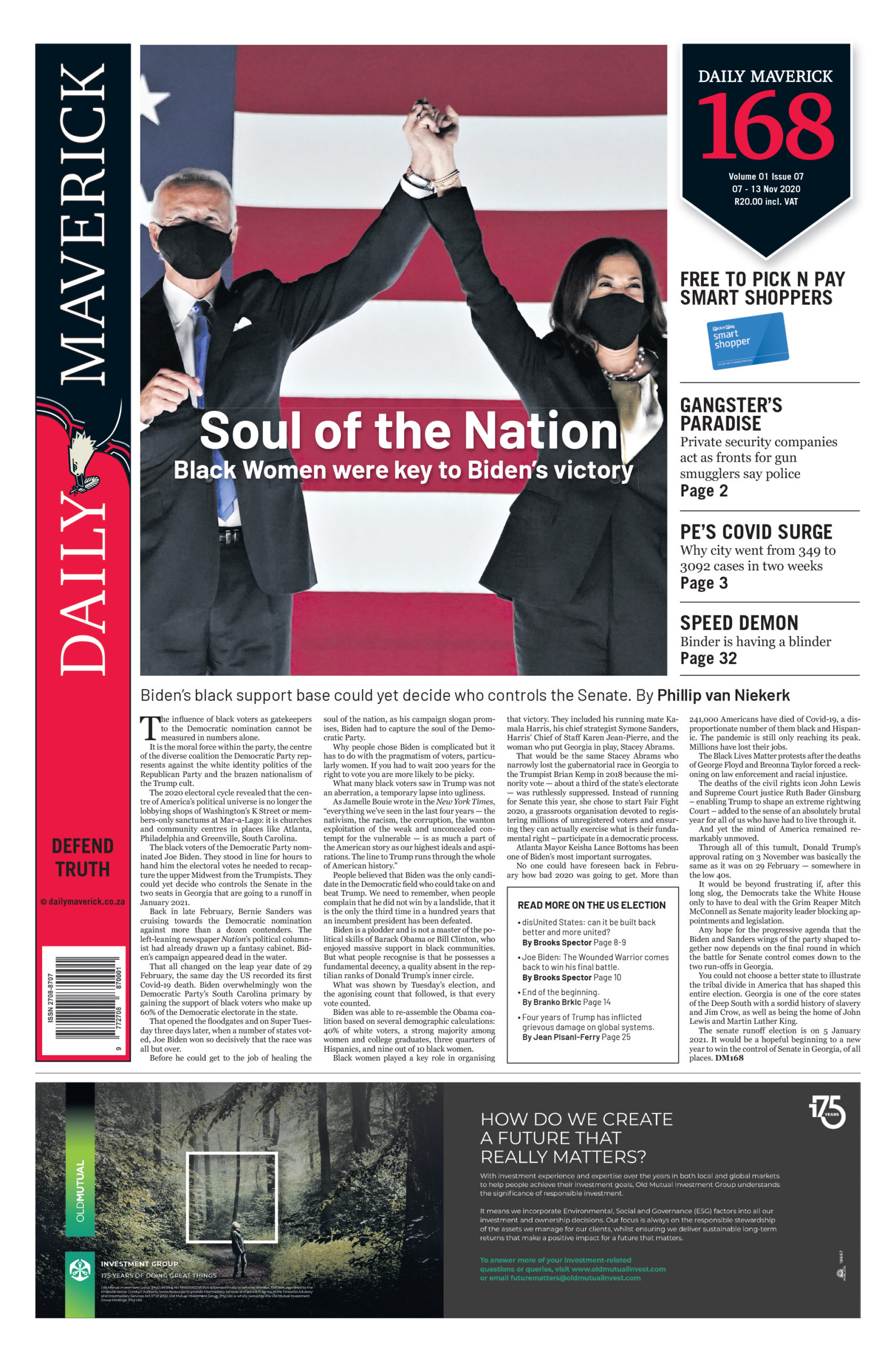First published in Daily Maverick 168
Perceptions are an odd thing. How the world presents itself and how reality actually works are massively different.
Take infrastructure, for example. In all the fundamental disagreements between government, labour and business, infrastructure development has emerged as a consensus area. That in itself is a great achievement, at least on the level of perception. But do the different parties mean the same thing when they talk about infrastructure?
One crude shorthand way of describing this apparent agreement is this: what business is hoping to get out of the initiative is contracts; what organised labour is hoping to get out of it is more jobs for their members; what the ANC is hoping to get out of it is, in my cynical guess, tenders.
From that perspective, the apparent agreement on a grand infrastructure scheme is rather different because although there is apparent agreement on the concept, what each of the constituents wants out of it is very different.
This past week President Cyril Ramaphosa hosted the Sustainable Infrastructure Development Symposium, and, as usual, the targets are just fabulous. There are the 276 infrastructure projects announced in June, of which 28 were showcased at the event.
Those 28 projects alone are expected to attract R201-billion in investment. The overall target is R1-trillion, and government ministers claimed it had already attracted R340-billion. The overall aim is to increase investment to 23% of the GDP from about 15% now.
So where is this money coming from? The government estimates that the private sector will contribute 15% of the cash and government the remaining 8%.
All that sounds great until you look more closely at the projects themselves. Just to take one example, the projects include a new port, the Boegoebaai Port in Port Nolloth.
I love remote regions, but you have to ask: is this realistic? Port Nolloth is deep in the Richtersveld, which is one of the most barren areas on the planet. It has a population of about 6,000 people. It is 150km through the veld from Springbok, itself not a huge town. Is there really going to be demand for a new, massively extended port in this tiny town? And then there is the larger question: does SA actually need a new port, as opposed to making the existing ports more efficient?
SA actually does have a ports regulator, which does do a benchmarking exercise for South African port-administered prices against a sample of international ports. The latest study has just come out, and this is its sobering conclusion:
“Similar to previous versions of this study, the 2019/20 results indicate that cargo dues for containers are still significantly more expensive than the global sample average. Compared to an average tariff of $34,509, SA ports rank as the most expensive against the sample, being 233% higher than the global sample average. However, this is an improvement to the 2018 deviation of 271% and a significant improvement to the 2012 tariff where cargo dues were 874% higher than the global sample average.”
Great that they have improved, but really? More than twice as expensive as the average?
I may be wrong. I hope I’m wrong. But, to me, the Boegoebaai project has all the hallmarks of a boondoggle. It strikes me that possibly the real reason that Port Nolloth has been identified is, that, notwithstanding the fact that it is a natural deep water harbour, it’s situated in the Northern Cape, where the ANC is comparatively weak politically and which it wants to show some love.
It’s important to notice that all the people at the table – the financiers, the labour representatives, the government ministers, etc, – all have something to gain from the project. But all the people not at the table – you could call them the worried taxpayers contingent – are, well, not at the table. Of course, the politicians are supposed to represent these groups, but the fact is that in SA they don’t because the ANC gains its support in large part from people who don’t pay personal tax rather than from those who do.
There is something wonderfully grand about all these plans; they signify a government tackling problems head-on with real and concrete vigour. This is a marked improvement from the days when business and government were miles apart.
But what is missing now is something different; a mindset in which efficiency, productivity and realism are much more apparent than we are seeing at the moment. BM/DM

















 Become an Insider
Become an Insider
“Port Nolloth has been identified is, that, notwithstanding the fact that it is a natural deep water harbour” ; actual draught is 4.4 metres , OK for canoes and yachts. the project is another Coega white elephant instead of fixing landside operations in Durban.
Just a further note on the Mega-infrastructure plan: it is in almost diametric opposition to the need to generate industrial growth and employment in businesses that can absorb the glut of under-skilled labour. It fails to address the huge gap in maintenance and services in so many areas of the country, from pit toilets to roads, water reticulation, rebuilding railway stations and schools and many other community needs, far more important than the SOE’s pet projects.